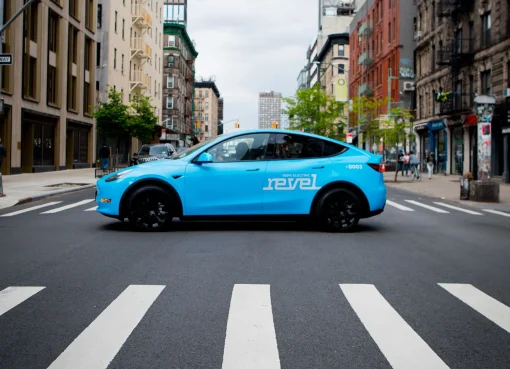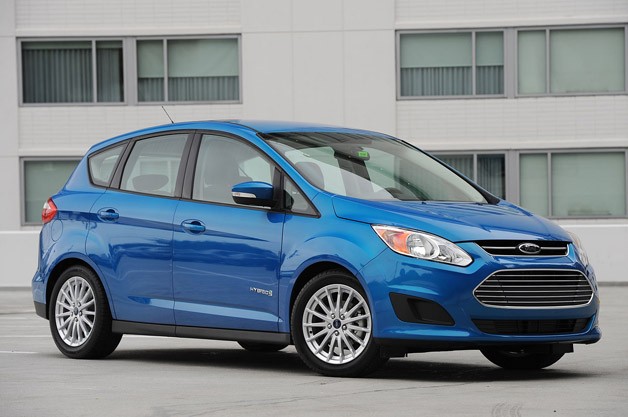Will JuiceBox EV chargers be stranded assets as owner shirks support?
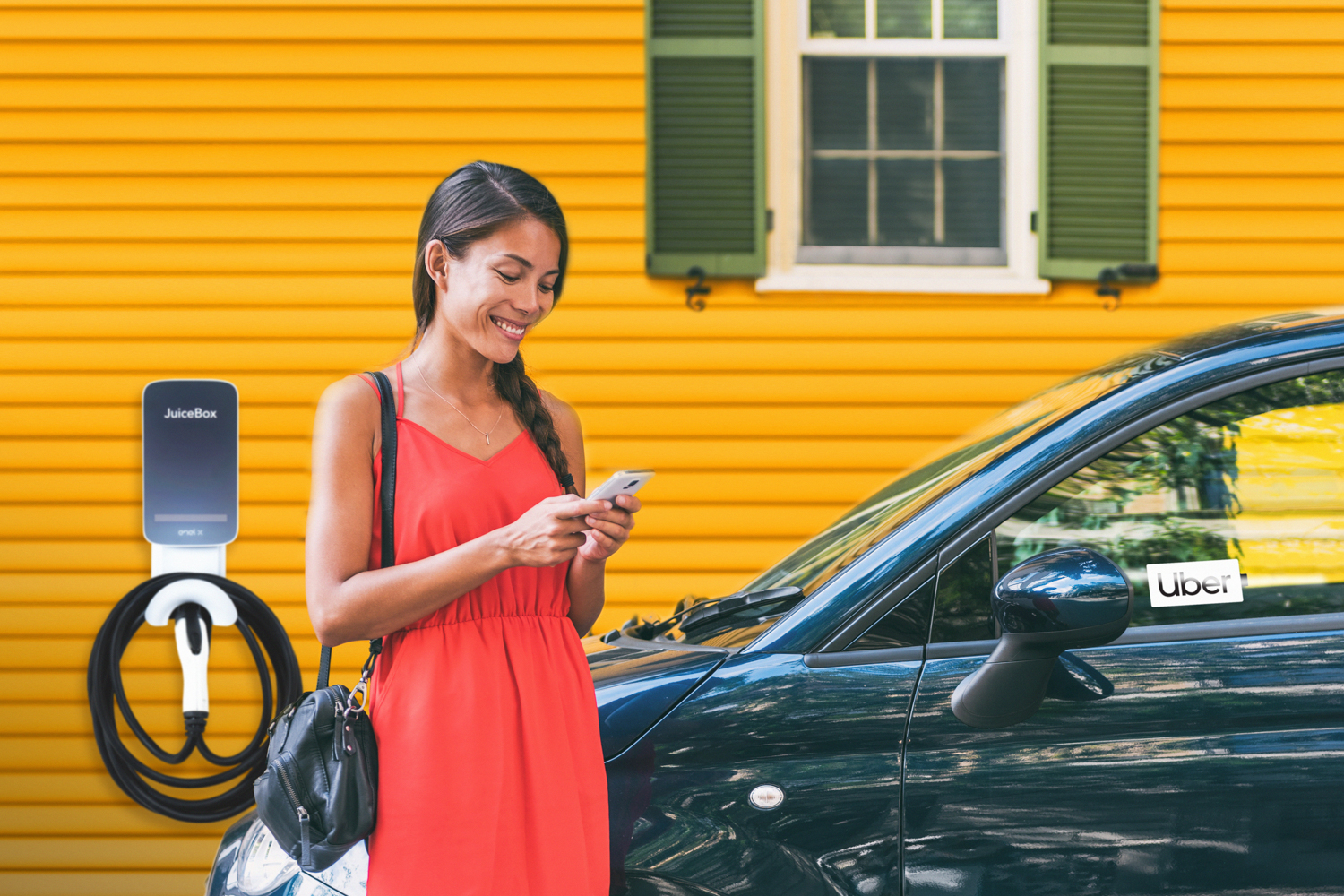
- Enel X abruptly left the U.S. market with no initial plan for JuiceBox support, functionality
- JuiceBox line is among the most prevalent U.S. home smart EV chargers
- Prompted a letter to the FTC, alarm about connected devices relying on company servers
If you’ve come to rely on smart EV charging as part of your daily routine, and you have one of the most popular smart chargers in the U.S., you might soon have to come up with an old-tech backup plan.
Earlier this month, the EV charger provider Enel X sent out a message to U.S. users of its smart chargers—including the JuiceBox line—essentially stating that in nine days it was pulling the plug on its charger business in the U.S.
That potentially meant the end of ongoing support of its smart chargers, which require Enel’s servers to function. So its “smart” chargers, which consumers had paid a premium for, might essentially become “dumb” chargers, reverting to base settings. That might retain their functionality as chargers, but render them unusable for all the smart-and-connected reasons buyers chose them. They’d no longer be able to initiate charging via a smartphone, even at home, or monitor a charging session on the app, as those things depend on the company’s servers.
The move sent shockwaves across the EV sector, and it begged some important questions that haven’t yet been addressed beyond the small print users likely skipped over in the app agreement. How long are companies that make smart, connected devices responsible for supporting them? What happens when something as substantial and essential for daily transportation, like an EV charger—one that’s been top-rated by experts for years, and widely supported by automakers and charging programs—is suddenly “bricked” due to lack of support of the brand behind it?
eMotorWerks JuiceBox wall mount charging Tesla Model X
“Bricked” products and a lack of consumer protection
Before the JuiceBox fiasco, the issue had already started building steam with a focused effort in Washington, D.C. Last month a set of consumer groups representing right-to-repair, economic justice, and environmental interests took on this idea of devices that are dependent on the manufacturer’s own software and servers with a letter to the U.S. Federal Trade Commission (FTC).
The examples then were mostly the products of a series of failed startups, including a connected bassinet, a sous vide cooker, a juicer, and a smart plug, Amazon’s Halo wearables and Google’s Dropcam cameras were mentioned as products that were “bricked” by an unusually short support window.
But now, with Enel’s swift move to leave the market, there’s already another especially glaring example—one that may have been installed with a four-figure electrician’s bill and perhaps with public incentives.
Likewise, JuiceBox smart chargers, which retail for $600 to $1,600, aren’t the current product of a small startup but a huge multinational company. The announcements come from Enel X Way USA LLC, a unit of the Italy-based energy giant Enel, which was the 59th largest company in the world, according to the Fortune Global 500.
A notice from Liquid Asset Partners—where Enel sends users of the JuiceBox, as of Thursday—specifies that there are about 120,000 residential customers (mostly JuiceBox chargers), 25,000 commercial customers, and 17,000 additional JuiceBox chargers, all of which need a new software-as-a-service agreement, which is listed as an “opportunity.”
On Thursday Consumer Reports and U.S. PIRG, which were two of the authors behind the earlier FTC letter, plus 60 owners of JuiceBox chargers pushed the matter, formally asking the FTC “to investigate the behavior of Enel X.”
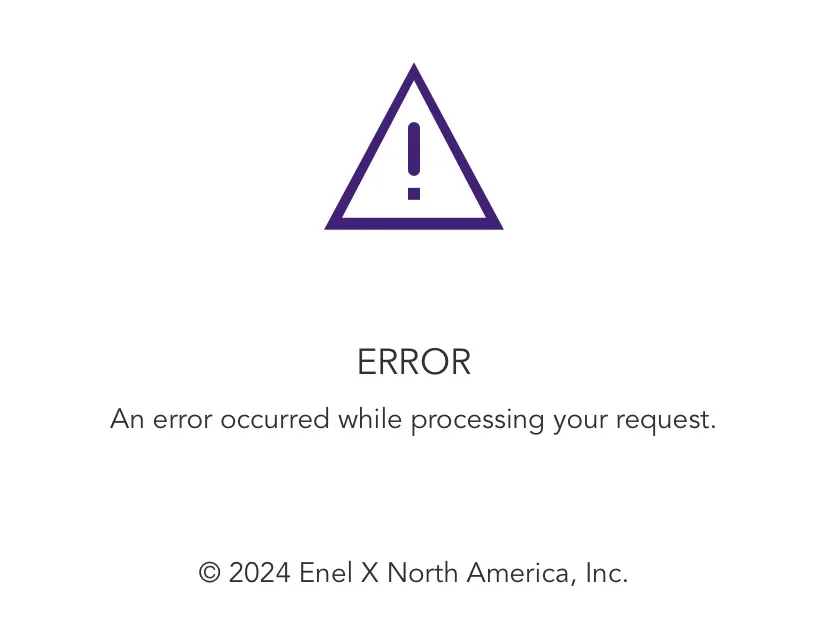
Enel app error message – Oct. 11, 2024
After FTC letter, support for “an extended period”
Then later Thursday, Enel gave owners some assurance that chargers won’t be immediately bricked (note that as of Friday, GCR saw the contrary, above). But their future remains uncertain.
“Enel X Way USA continues to engage with a third-party firm to manage the closure of the business on October 11, 2024,” stated Enel X Way in an email update that went out to registered users (this correspondent included) on Oct. 10. “After further technical evaluation, the firm has entered into an agreement with the current provider to continue to operate the EV charging software in the US and Canada for an extended period.”
The company once again left no clear idea of what that support window is, but it appears that owners will retain their connected-charger functionality for some number of weeks beyond Oct. 11.
Green Car Reports has reached out to Enel for clarification on how long full functionality is expected to last, once apparent server issues at the time of writing are worked out. In its Thursday evening alert to owners, Enel said that it would continue “to operate the EV charging software in the US and Canada for an extended period,” but it called the move an “interim solution.”
“While JuiceBox products will continue to operate with software connectivity after October 11, 2024, customer service will not be available during this interim period,” the company added as part of that Thursday statement, laying out that a third-party firm will manage claims and communication after Oct. 11.

eMotorwerks JuiceBox Pro 40 networked home EVSE electric-car charging station

eMotorwerks JuiceBox Pro 40 networked home EVSE electric-car charging station
Not a no-name EV charger; among the best-rated and most common
The original JuiceBox EV chargers were among the front-runners of EV smart-charging, and earlier on it was the way to get a level of connectedness, data access, and usability that rivaled Tesla’s well-regarded wallboxes. Because of its touted interoperability and—previously—its originally well-updated smartphone app, the JuiceBox has been used by various time-of-use charging programs, and by businesses looking to track and log their energy use.
Enel bought the original creator of JuiceBox chargers, California’s eMotorWerks, in 2017. The chargers got a new, more fashionable physical look in 2020, but the interface and capabilities essentially carried over. Since then, functionality has waned as the company has switched to several different app versions and systems, leaving owners with a slower-reacting and less capable app than what they previously had.
But the timing for Enel X’s exit also looks suspect. The NHTSA revealed, in paperwork filed just a day after the company’s original announcement it was leaving the U.S. market, that it was investigating JuiceBox residential chargers over reports of “electrical arcing and thermal events,” citing six confirmed incidents including two fires.
It could get complicated on so many levels. As EV charging expert and GCR contributor Tom Moloughney, in his most recent State of Charge podcast (below), points out, Enel X may have more commercial Level 2 chargers out in use in the North American market than anyone except ChargePoint.
As Chargelab CEO Michael Bakumin points out in the podcast, which you might want to watch if you own one of these units, most residential and commercial chargers from Enel X have a proprietary basis and aren’t truly using the Open Charge Point Protocol (OCPP). That’s the “open source” language for chargers, which would otherwise allow a charger to be easily reconfigured for new networks and interfaces. While Chargelab has been able to migrate the commercial chargers, if Enel pulls all support it’s not even practical to get them back online in every case. For instance, it would take 15-30 minutes per charger to make the changes—meaning an apartment building with 20 L2 Chargers would face an entire day of skilled labor rates.
It’s also too complicated of a procedure to do with residential chargers, so the best hope remains a continued software agreement—and given the lack of a timeframe with Friday’s announcement, we’re not there yet.
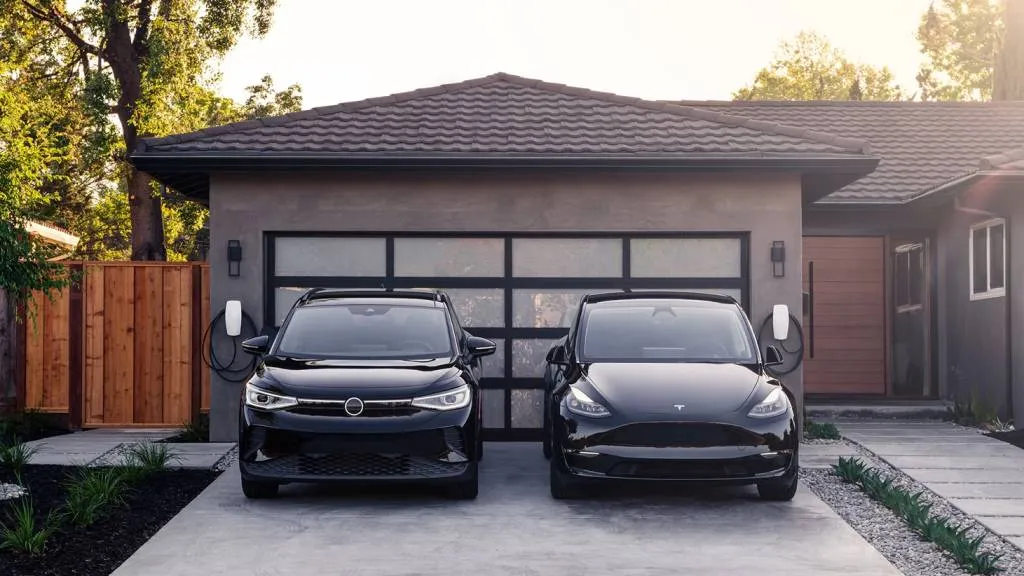
Tesla Universal Wall Connector
Lots of questions about EVs’ dependence on networks, cloud
The bottom line here is that the business is changing. Nearly all major automakers are now offering their own smart-charging and home-energy hardware, or a preferred smart-charging brand compatible with their brand app.
A smart charger may be unnecessary with many EVs you can simply set charging times and power levels via the EV itself—and that may ultimately be better than depending on network servers or data from the cloud.
It also may beg the question whether Enel owes the U.S. government (or states) money for cutting its support window so short, as many of these chargers were bought partly with public subsidies, or were part of public projects.
The September FTC letter summed that “in most cases, consumers end up with a hunk of e-waste that could still function with the right software, and a sense of disappointment.”
Those parties asked for a guaranteed minimum support time for connected products, a guarantee that the product will still work if the internet connection or updates cease, methods of reuse if support ends, tools that help interoperability, and an effort to build more longevity into products.
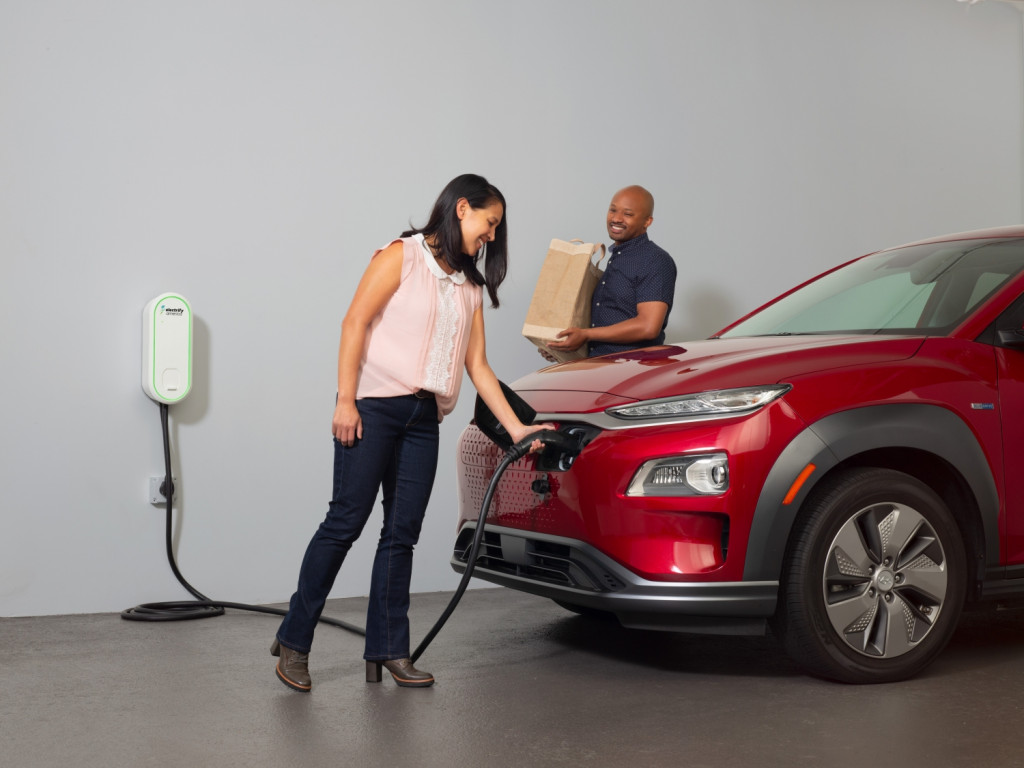
Electrify America Electric Vehicle Home Charger
Of course, this doesn’t start to address issues with cybersecurity, or whether or not a failure to support smart chargers will make them more vulnerable to hackers.
Meanwhile, seeking to address a wide range of such concerns with security, accessibility, and functionality over the long term, a group of owners called Juice Rescue seeks to get the company to release its source code for the chargers
And in the meantime, this stands as a disheartening blow to smart charging and all the advantages it can bring. As the Department of Energy has pointed out, it’s tech that smoothes out demand on the grid, makes driving an EV even greener and, usually, makes life with EVs easier.
To sum, programming your EV charging habits for your utility’s peak and off-peak rates is great, but reconsider how cloud-connected your charging needs to be—even if it’s time-of-use charging. And perhaps most importantly, look for smart charging hardware that’s OCPP-compliant, which assures that it could still be fully usable in the future if the company fails or the support window ends.
